The dire wolf is back—and it’s more real than ever. Once thought to be lost to history, this ancient predator is making a stunning return thanks to groundbreaking research and cutting-edge science.
For centuries, the dire wolf roamed North America, leaving behind a legacy shrouded in mystery. Now, thanks to advancements in genetics, paleontology, and cloning, the dream of reviving this legendary creature is closer than we ever imagined.
In this post, we’ll uncover 11 astonishing facts about the dire wolf’s remarkable comeback. From DNA breakthroughs to thrilling discoveries, these facts will leave you in awe of what science can achieve. Get ready to explore the return of one of history’s most fascinating predators!
Genetic Resurrection

Bringing a creature back from extinction sounds like science fiction, but genetic resurrection is making it plausible. Scientists are using advanced DNA editing tools to piece together the genome of the dire wolf.
This ambitious project involves extracting DNA from ancient fossils and filling in the gaps with genetic material from closely related species. The goal is to create a living, breathing replica of the original dire wolf.
Imagine the thrill of seeing an animal that last walked the earth thousands of years ago! This breakthrough not only excites paleontologists but also raises ethical questions about de-extinction.
Fossil Discoveries
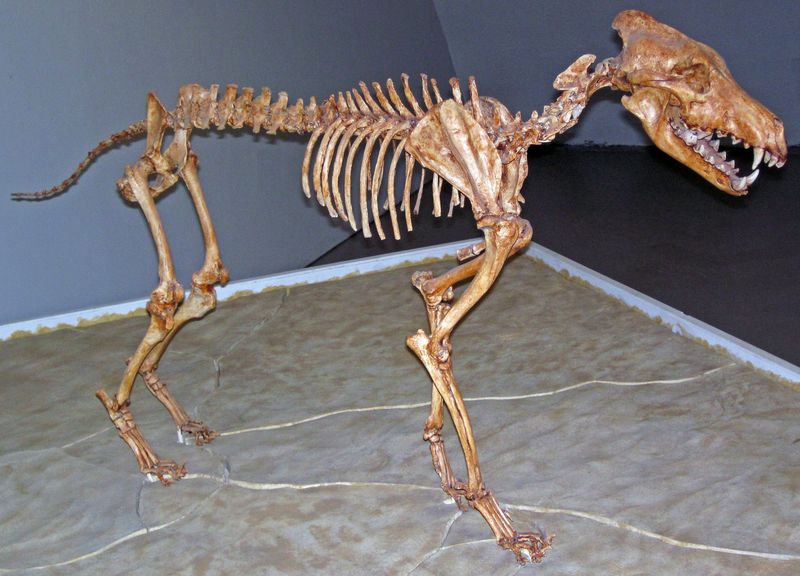
Unearthing fossils of dire wolves provides vital clues about their ancient lives. Recent excavations have uncovered remarkably well-preserved bones, revealing insights into their diet, habitat, and social structure.
These discoveries paint a vivid picture of a top predator that roamed in packs across the prehistoric landscape. The fossils are not just relics; they’re keys to understanding the evolutionary puzzle of these formidable creatures.
Imagine holding a piece of history in your hands, a bone that once supported a creature larger and more powerful than today’s wolves!
DNA Sequencing Breakthroughs

The magic of DNA sequencing is at the heart of bringing back the dire wolf. Scientists have made significant breakthroughs in decoding the ancient genetic material, often fragmented and degraded over millennia.
By comparing it with modern wolves and other canines, researchers can reconstruct the dire wolf’s genome with unprecedented accuracy. This meticulous process is like assembling a complex jigsaw puzzle without all the pieces.
The excitement mounts as each new discovery brings the dream of seeing a dire wolf to life closer to reality.
Ecosystem Impact
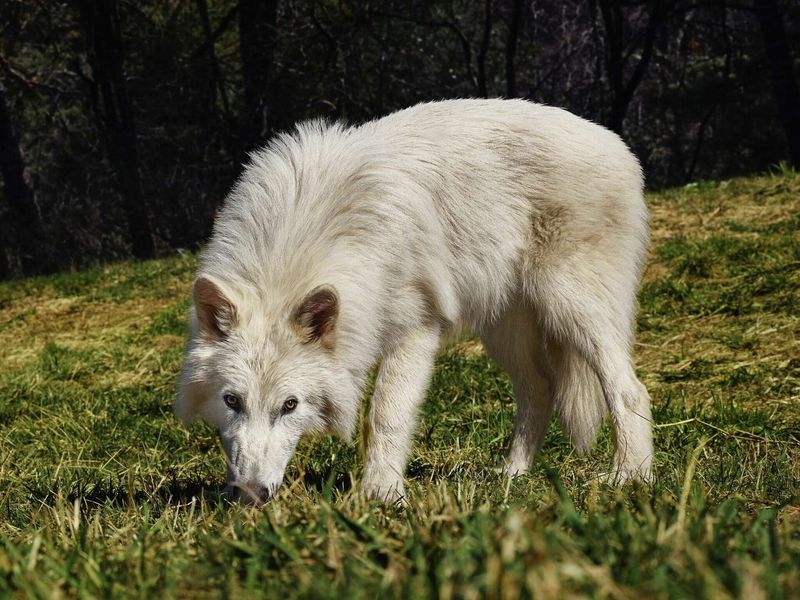
Reintroducing dire wolves could have profound effects on current ecosystems. As apex predators, they might help control the population of herbivores and maintain ecological balance.
This could lead to healthier forests and grasslands, ultimately benefiting other species. Enthusiasts envisage a more vibrant, dynamic environment, echoing the ecosystems of the past.
It’s a profound reminder of the interconnectedness of life, where the presence of one creature can ripple through the entire food chain. However, this idea is not without controversy, as the impact on modern fauna needs careful consideration.
Ethical Considerations
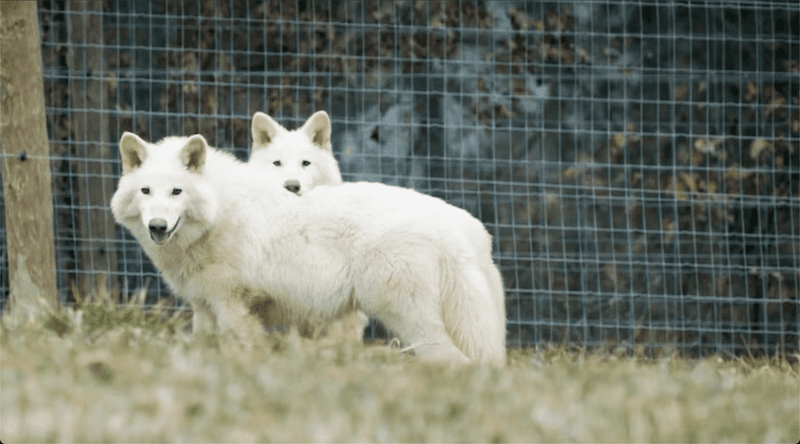
The idea of resurrecting an extinct species raises complex ethical questions. Should we bring back a creature that nature has already phased out? What responsibilities do we have towards these new-old beings?
Ethicists argue both sides, some seeing it as a chance to right ecological wrongs, others cautioning against unforeseen consequences. The debate is as fierce as it is fascinating, exploring humanity’s role in shaping the natural world.
It challenges us to think about conservation, responsibility, and the future of biodiversity.
Public Fascination
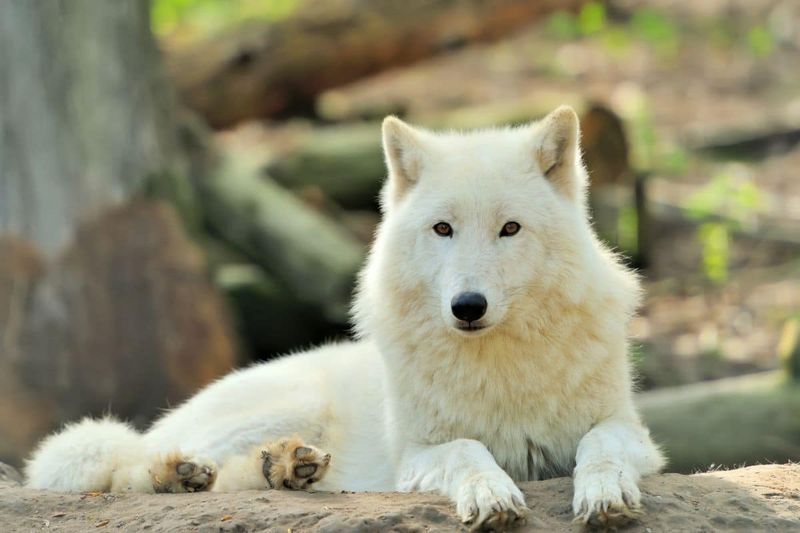
The idea of dire wolves captures the public’s imagination like few others. Museum exhibits featuring interactive displays, life-sized models, and holograms draw in curious visitors.
This fascination is fueled by popular culture, with TV shows and movies keeping the mystique alive. People of all ages are enchanted by the prospect of these legendary creatures roaming the earth once more.
Museums offer an educational yet thrilling experience, bridging the gap between science fiction and reality.
Technological Challenges

Resurrecting the dire wolf is no small feat, posing significant technological challenges. From preserving ancient DNA to creating viable embryos, every step demands innovation.
Scientists and engineers work tirelessly to overcome hurdles like genome editing precision and artificial womb creation. This endeavor pushes the boundaries of biotechnology, sparking new inventions and methodologies.
It’s a testament to human ingenuity, where each triumph against the odds brings us closer to witnessing history in the making.
Historical Significance
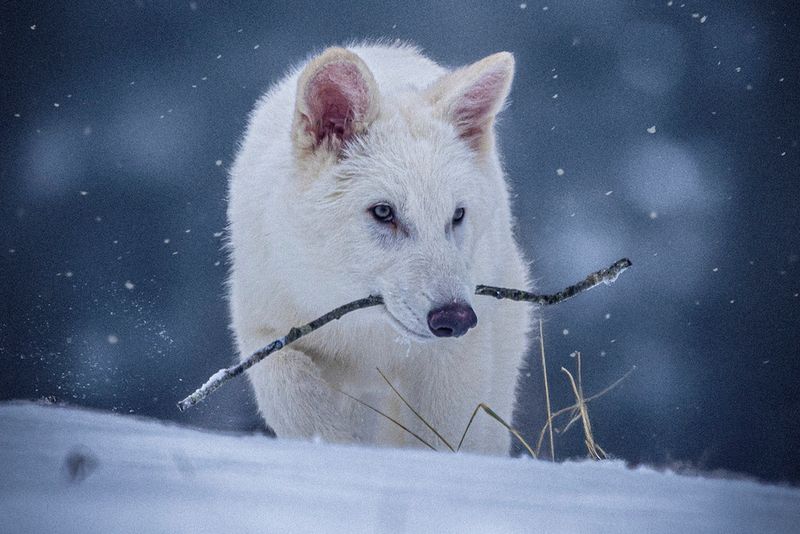
The dire wolf’s history is as rich as it is mysterious. Once roaming alongside mammoths and saber-toothed cats, they were formidable predators of the Ice Age. Their extinction marked the end of an era, but their legacy continues to inspire scientists today.
As we inch closer to their revival, we uncover more about their role in prehistoric ecosystems. This journey through time is not just about science; it’s a cultural exploration of how ancient life shapes our modern world.
Climate Adaptation
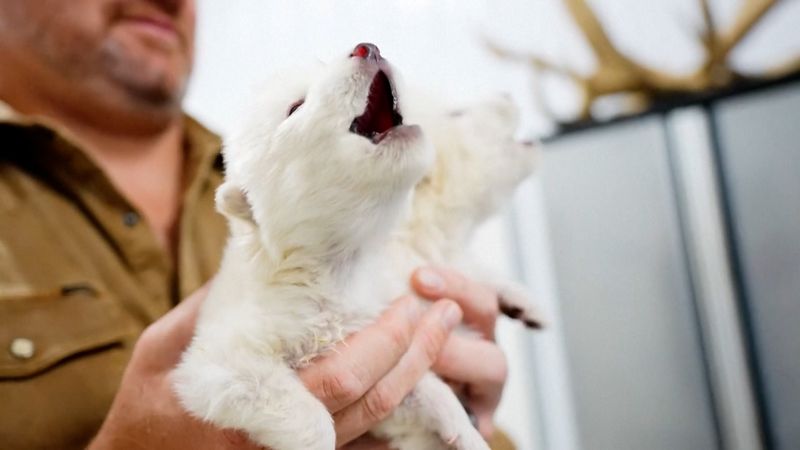
Adapting to new climates is a critical consideration for any resurrected species. Researchers are studying how dire wolves might cope with today’s changing environments.
By analyzing fossil records and genetic data, scientists hope to predict behavioral and physiological adaptations. This knowledge will guide conservation efforts, ensuring these magnificent creatures thrive in modern ecosystems.
It’s a delicate balance of preserving the past while preparing for the future.
Conservation Implications
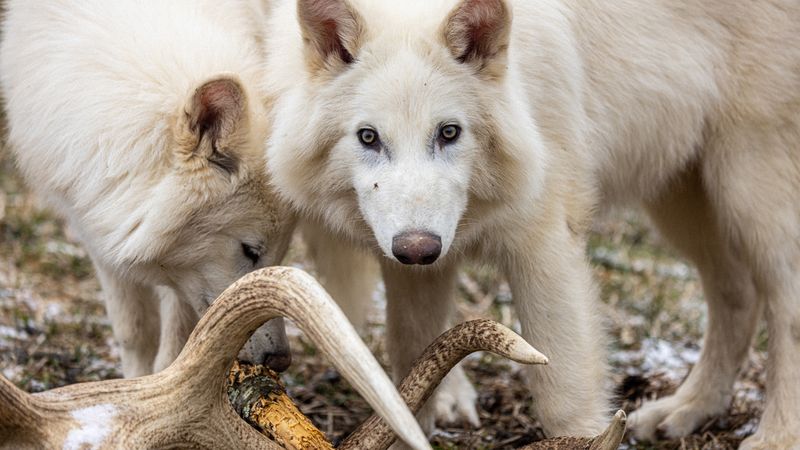
The resurrection of the dire wolf holds significant implications for conservation. Introducing a species back into the wild can alter ecological dynamics, offering lessons in biodiversity and habitat restoration.
Conservationists are keen to study these effects, hoping to apply insights to other endangered species. This ambitious project could redefine how we perceive extinction, offering a new tool in the fight to protect our planet’s natural heritage.
Cultural Symbolism

The dire wolf is more than just a prehistoric predator; it’s a cultural icon. Featured in myths, legends, and modern media, they symbolize strength and mystery.
Their resurrection fuels imaginations, drawing parallels between ancient lore and cutting-edge science. As living legends, dire wolves represent a bridge between our past and future, embodying humanity’s eternal quest to explore the unknown.
This cultural resonance ensures their story will continue to captivate for generations.

